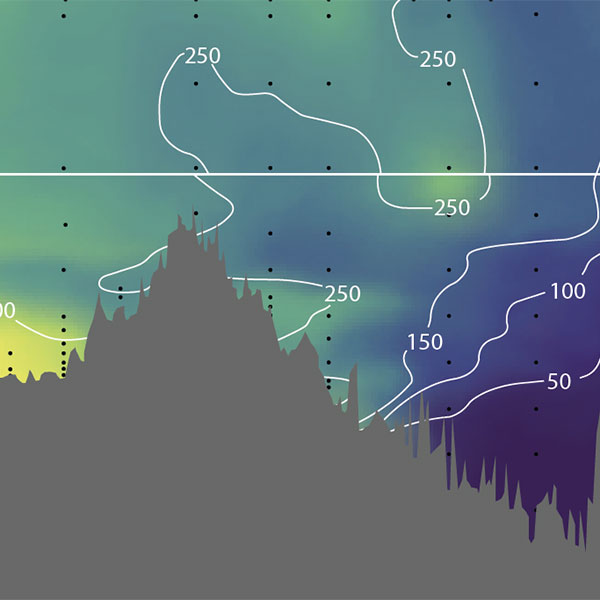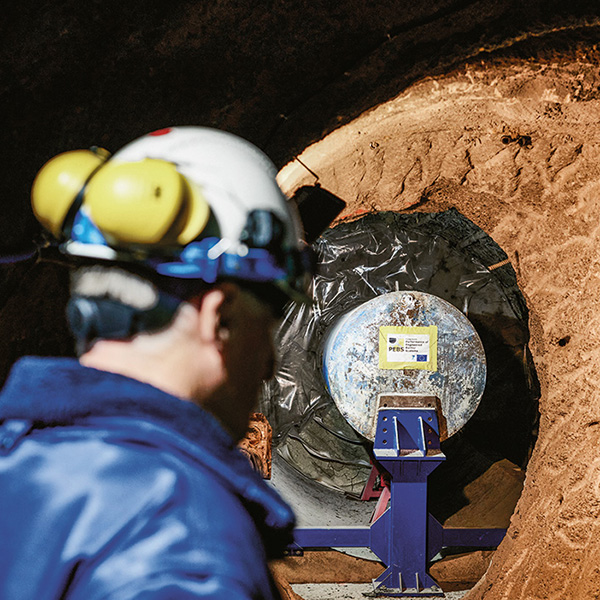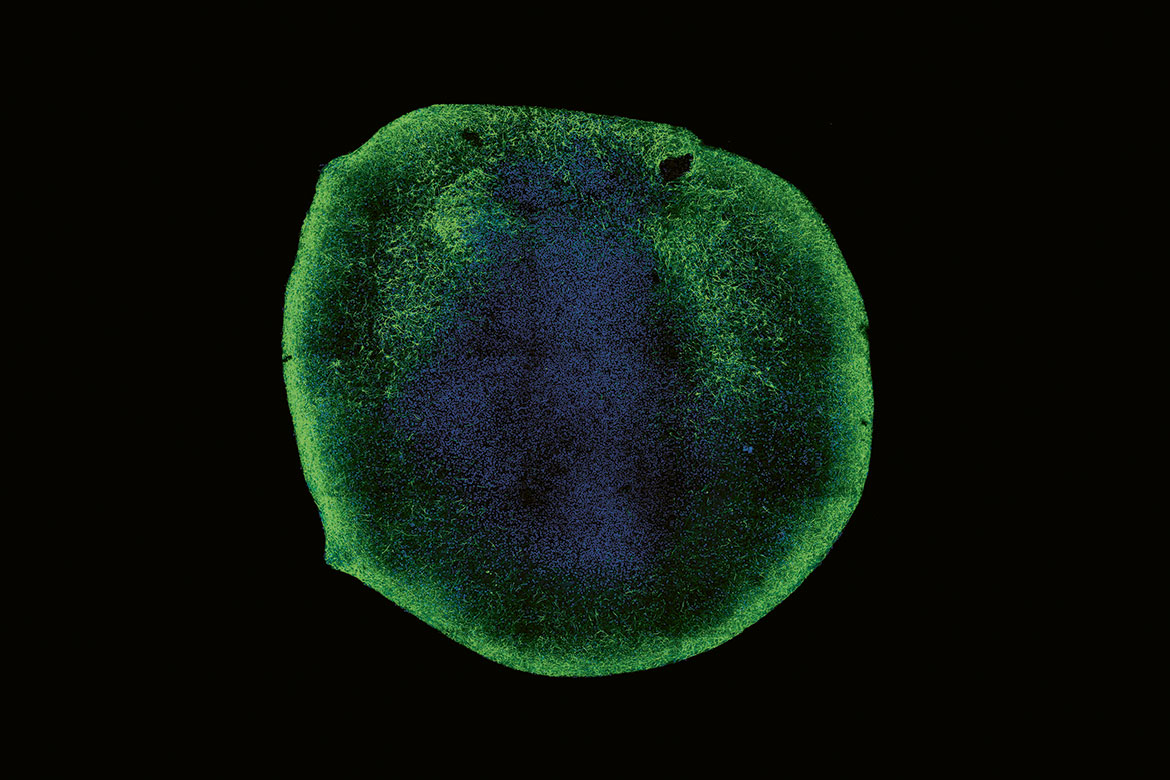NETWORKS
And the active shall lead
Where shall we sleep tonight? A model of the social network of bats shows that these decisions are made by just a few of them.

They join their most active peers when it’s time to sleep: Bechstein’s bats. | Image: Ludwig Werle/imageBroker
Bechstein’s bats don’t like to sleep alone, and need their fellow bats to keep warm. And they spend their nights in sleeping places chosen by specific members of their colony. Researchers at ETH Zurich and the University of Greifswald have now developed a method to achieve a better understanding of their behaviour.
The researchers inserted chips into the individual members of two bat colonies so that they could record which of them arrived when at which sleeping place. “We then used statistical methods to filter out the relevant interactions from this data”, says Frank Schweitzer, the head of the study. This enabled his team of researchers to develop a network model in which every individual is recorded, as well as how often it leads the others or lets itself be led. They found that there were a few bats in every colony that very often led the others to their sleeping places. But how do bat leaders and bat followers organise themselves? In order to answer this question, Schweitzer’s team tested other models to analyse the behaviour of the bats. The model that best fit the data was one in which individual bats by pure chance join up with one of the most active individuals in the group. No other criteria were needed – their behaviour had nothing to do with any family relationships between them, for example. “The most active bats play a decisive role in exchanging information about sleeping places, either through their flight activity or thanks to their experience”, says Schweitzer. He believes his methodology could also be used to analyse the decision-making behaviour of other social groups.




